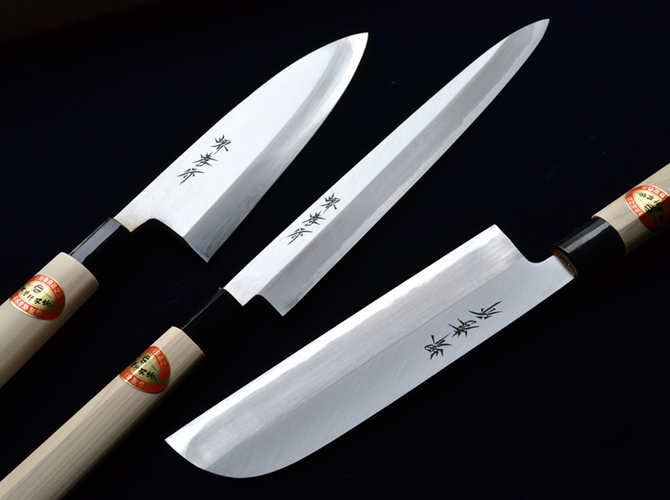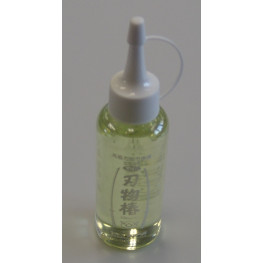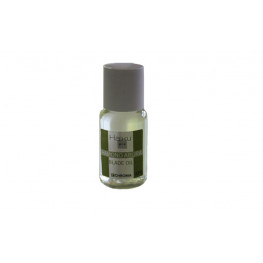Product detail
Sakai Takayuki is one of Sakai's most renowned brands. It specializes mainly in traditional Japanese knives of the eastern type, and most of them are hand-forged. Not only the construction of knives and their production process are traditional, but also materials. It is mainly used by Yasuki , both its "blue" and "white" versions. Some blades are even forged from Shirogami I in the honyaki way, which only a very experienced blacksmith can handle. However, such a knife also requires an experienced user. In Japan, it is said that up to 90% of local professional chefs use knives made in Sakai.
The Kasumitogi series consists of traditional knives typical of the Kansai region, which includes both Osaka and Kyoto. These are slightly different in appearance, naming and functionality from those in the Kantó / Tókio / area. These include knives like sashimi, fugu-sashimi, tako-sashimi, funayuki-deba, kamagata-usuba, mukimono, sushi-kiri and hamo-kiri . We have chosen the more practical ones for you to use in our region, but you will not be deprived of the atmosphere of the Kansai region. In addition, these three knives are enough to prepare a number of Japanese delicacies.
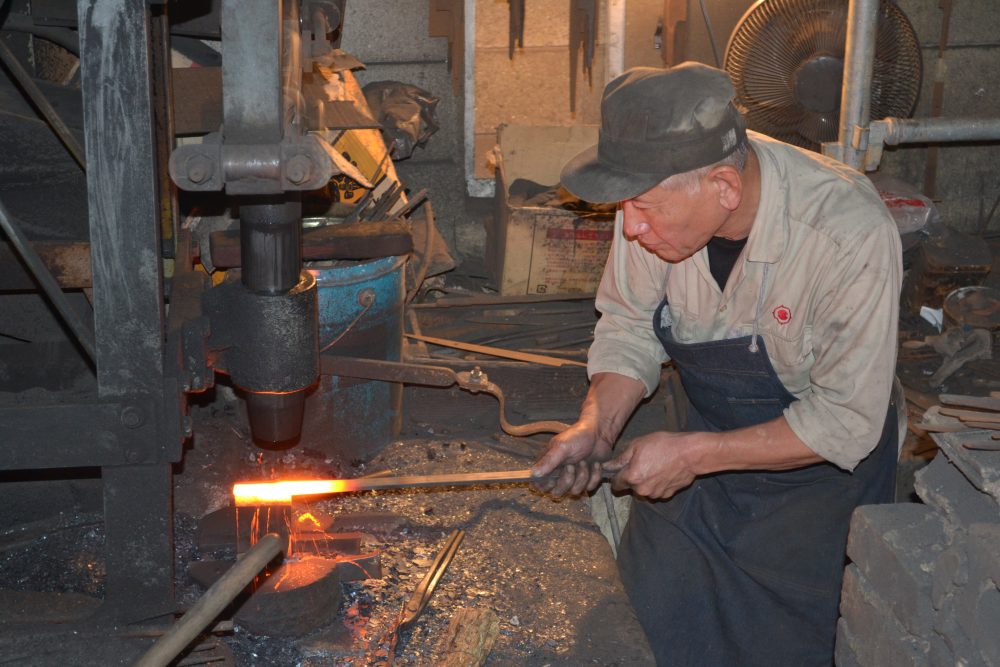
The core / hagane / is made of "white" steel Shirogami III. Unlike its "sister" Shirogami I, it has a lower carbon content, which has reduced fragility. Therefore, the knife can withstand the inexperienced user more than the Shiro I. The softer support steel , same as the Shirogami, does not contain free chromium, so the blade tends to oxidize. However, this can be easily prevented by proper use and maintenance of the knife. This steel is known to feel very good on water grinding stones and can be sharpened perfectly.
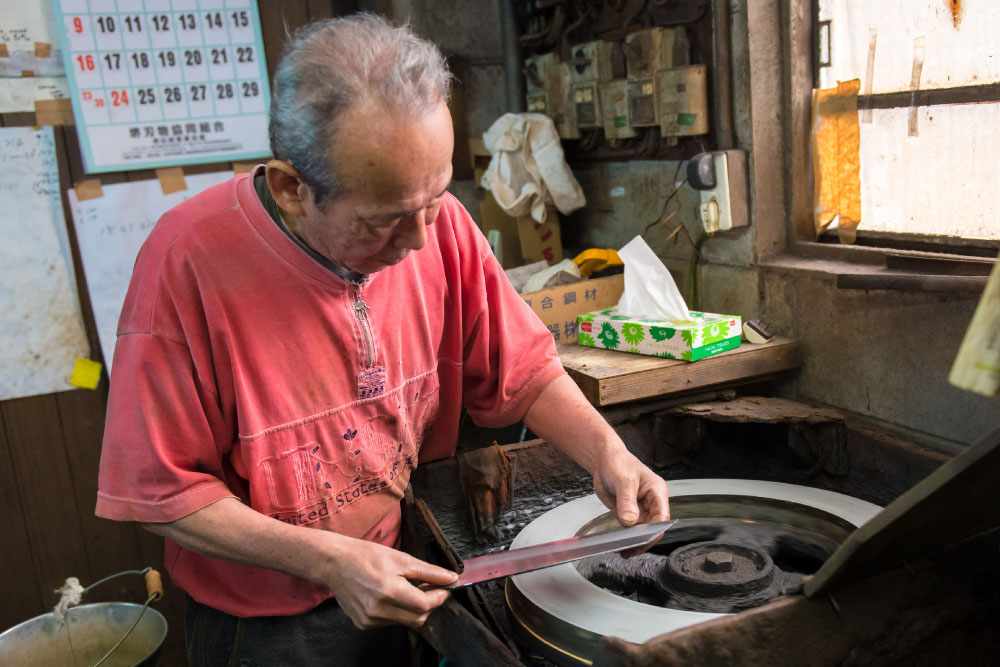
Knives have a one-sided bevel and are designed for right-handers. The left side of the blade has a concave shape that reduces friction when slicing and helps to better separate food from the blade. The ferrule is made of a genuine buffalo horn and is a part of a handle from Japanese magnolia with the shape of the letter D.
Kasumitogi knives are a true classic and will delight you not only with their appearance but also with their features.
Roman Ulík, Nippon Knives, www.japonskenoze.sk all rights reserved.
Photos and texts are protected by copyright. by law and their use without the consent of the author is not possible.
About producer

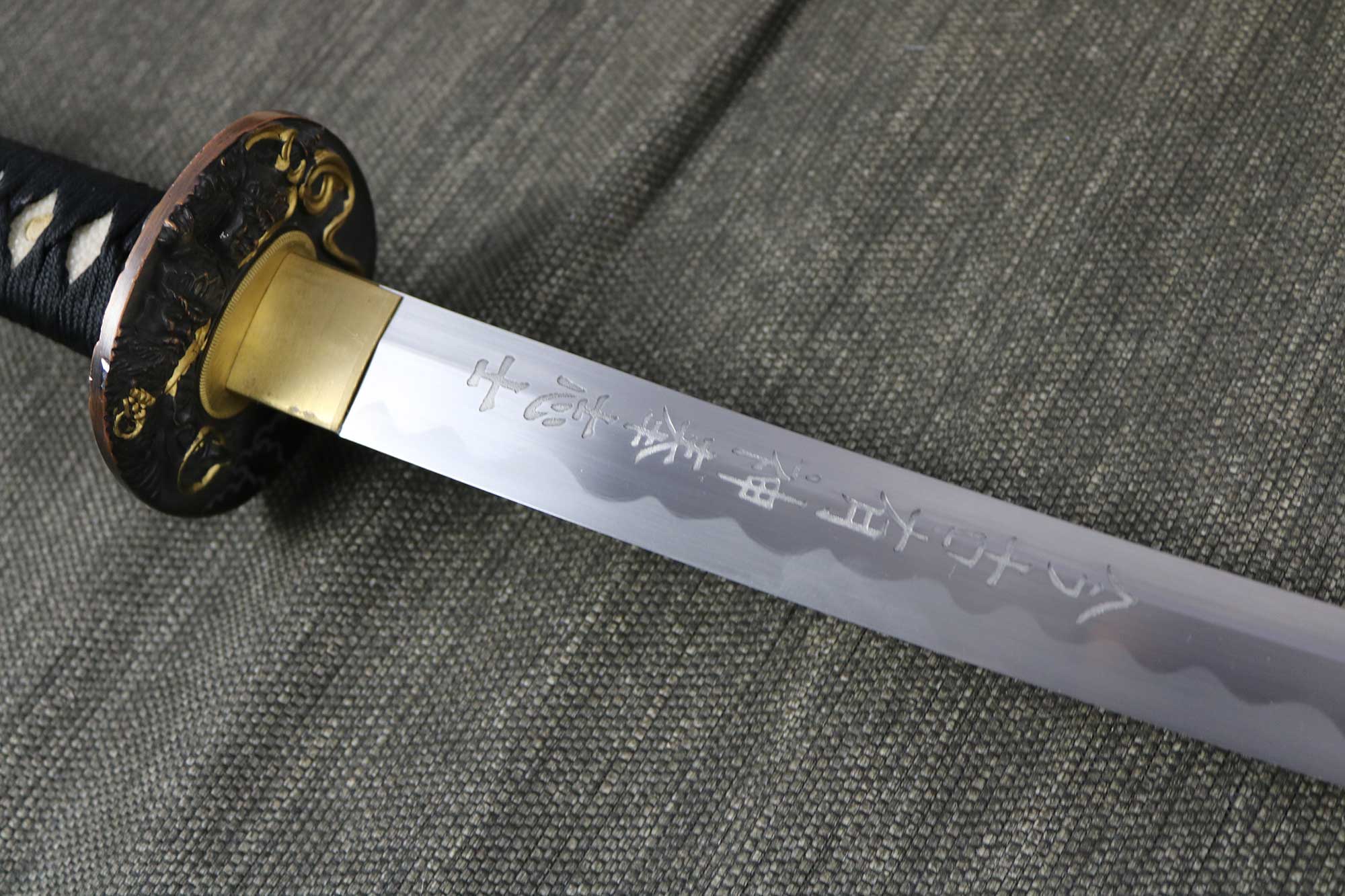
Sword – a symbol of ancient Japan. It is no coincidence that it forms one of the imperial insignia. It is a Kusanagi sword and its core was also created by multiple folding and forging of the highest quality steel. Thanks to many generations of talented craftsmen, this proven method of producing hard and tough material has been preserved to this day. This is how knives were created that have no parallel in the world.
Sakai, or the city of knives, is today a western suburb of Osaka. The city experienced its greatest development in the 16th century, when it was one of the busiest commercial centers. The latest technologies from all over the world as well as different cultures met here. This helped the development of blacksmithing techniques, which had already reached a high level thanks to the production of traditional swords. The Portuguese brought the first rifles to the area and Sakai blacksmiths changed the production program. But since it was a period of peace, they mainly produced decorative rifles. With the boom in tobacco, they smoothly transitioned to the production of knives for cutting tobacco, but the mechanization of its processing resulted in another production change. Blacksmiths began to specialize in the production of kitchen knives. It was also influenced by the proximity of another important city - Kyoto. It is characterized by its culinary art, and the preparation of individual dishes requires special knives. Today, the majority of Japanese chefs use knives made in the city of Sakai.
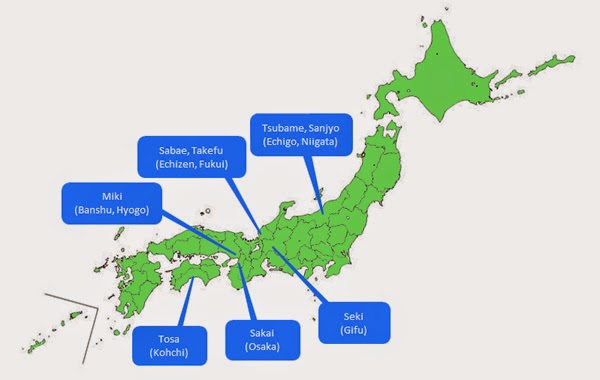

Sakai has a slightly shorter history compared to Seki, but nowadays it is their meaning comparable. The difference is mainly in the production program. In Seki, the production of Western-style Japanese knives prevails, with a strong emphasis on export. Manufacturers in Sakai, on the other hand, specialize mainly in traditional Eastern-type knives. Their clientele consists mainly of Japanese professional chefs.

Mr. Takayuki became famous for consolidating the Sakai blacksmiths in 1946. He provided them with production facilities and tools and thus founded the Sakai Takayuki brand. It is currently being looked after by the 3rd generation of this family. The brand is owned by Aoki Hamono, which in 2006 won the prestigious Sakai Wazashu award for the skill of local manufacturers.
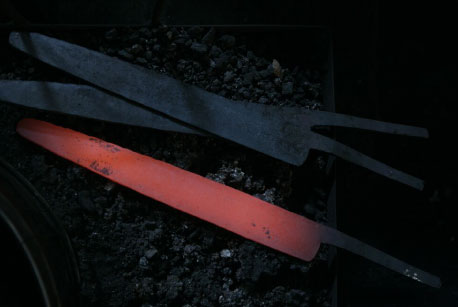
The potential of the Aoki Hamono company lies in key personnel positions, which are blacksmith and grinder. Masters with high awards and with experience exceeding 50 years in some cases work here.
Keijiro Doi - blacksmith
At the age of 19, he took the place of his father, a prominent blacksmith, in the workshop. In 1987, he was certified by the Ministry of International Trade and Industry as a Blacksmith Master. In 1997, he received the Green Paulownia Leaves award.
Yukinori Oda – grinder
He is a holder of the Sacred Treasure order, Silver Rays. Already at the age of 20, he became a master. He sticks to his motto: "The sharpness of a good knife is 100%." However, the role of the grinder is to increase it to 120%."
Suogo Yamatsuka - blacksmith
He constantly pushes the boundaries of perfection. He specializes in Gingami 3 anti-corrosion steel.
Hirotsugu Tosa – grinder
He was born in 1948 and trained as a grinder at the age of 18. In 1991 he achieved the title Sharpener Master. He knows no compromises in his work because he is constantly thinking about the users of his knives.
Itso Doi - Blacksmith
Son of Master Keijiro. It represents the third generation of the clan. He is best placed to preserve this championship for generations to come.
Mitsuo Yamatsuka – grinder
In 1999, he received the Japanese Traditional Craftmanship certificate. It is a guarantee that a traditionally forged knife will acquire "Sakai" sharpness.
Due to the handmade production and the huge interest among professionals in Sakai knives, it is quite difficult to obtain at least a few pieces. Our efforts and patience finally brought us the honor of introducing you to products in which the soul of their makers resides. Welcome to Sakai!
Video from the workshop
©2019 Copyright Roman Ulík, Nippon Knives, www.japonskenoze.sk all rights reserved.
Photos and texts are protected by copyright law and their use without the author's consent is not possible.


 Sign in
Sign in Registration
Registration









